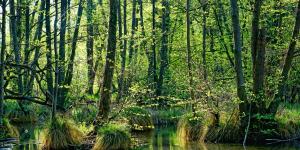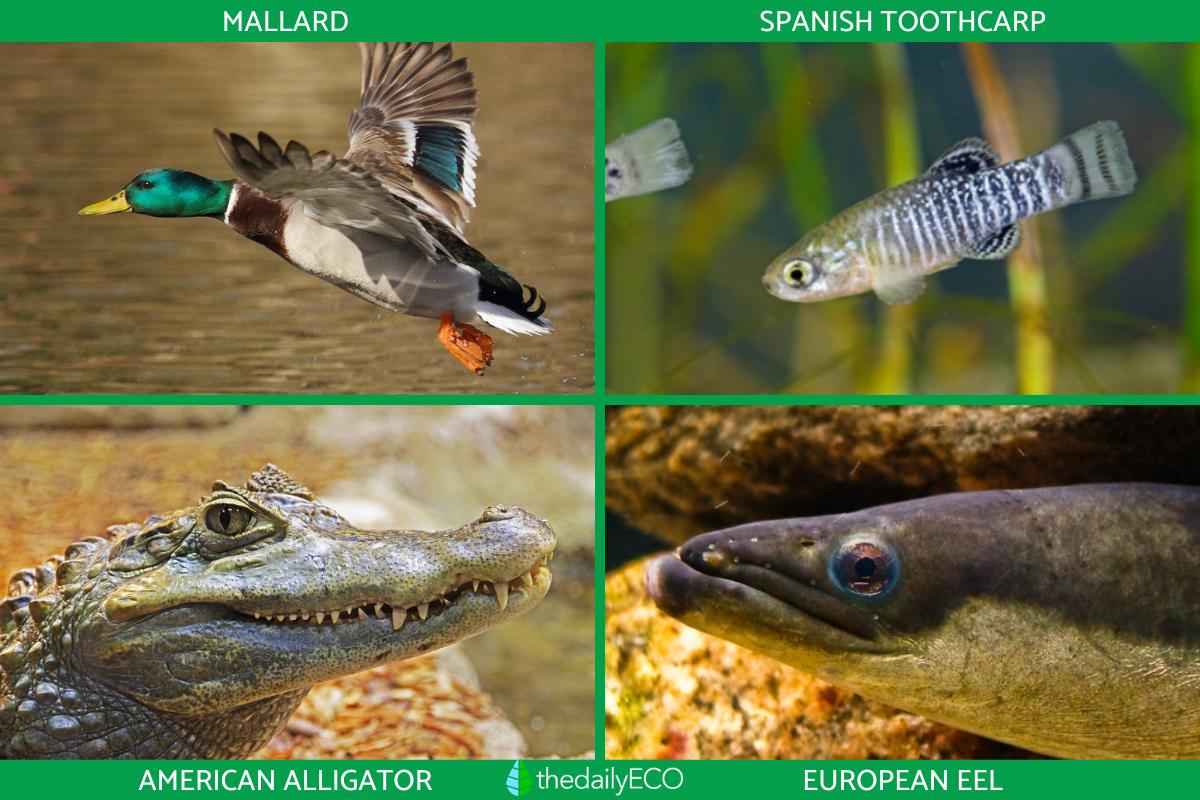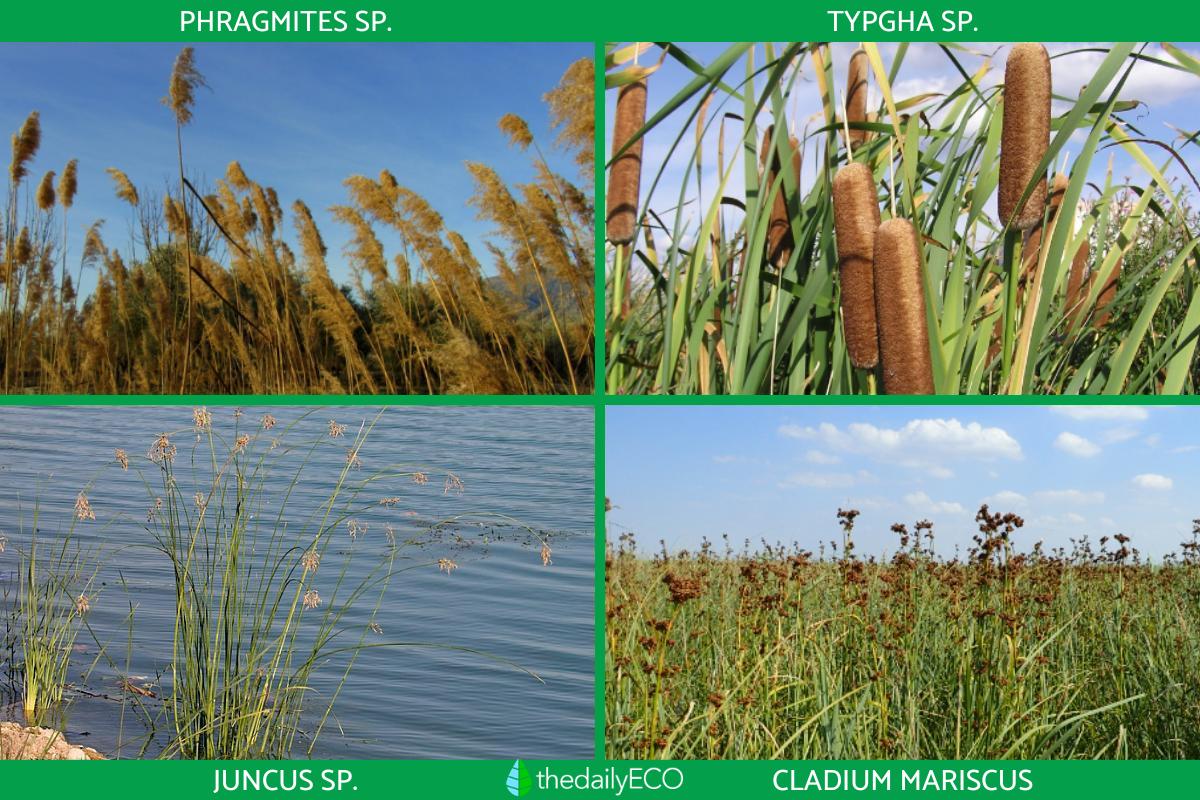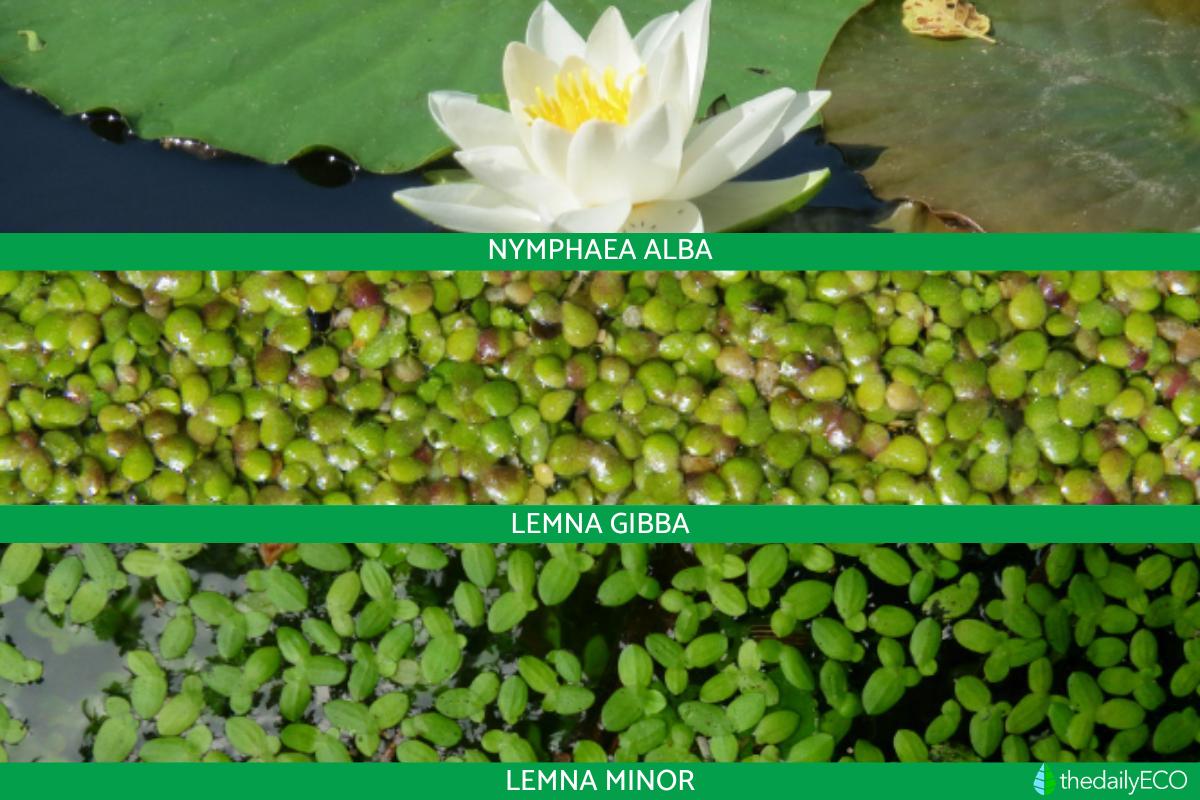What Is a Marsh? - Marshland Definition

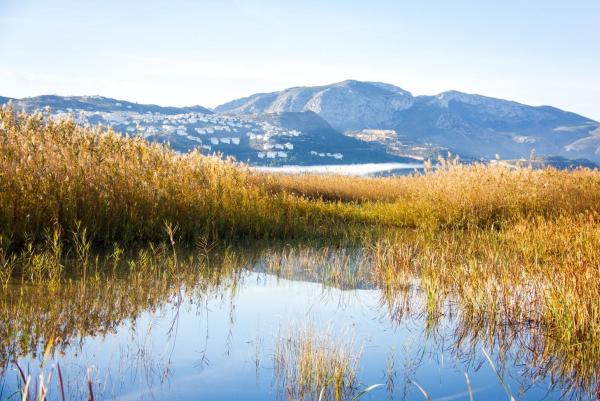
You may be aware of wetlands. It may also be fairly easy to deduce that a wetland is a piece of land with a high water content, but then it is easy to be unsure how to differentiate this between geographical features such as lakes and swamps. For this reason, understanding the terminologies of different types of wetlands can be very helpful when we are trying to understand nature. For this reason, thedailyECO asks what is a marsh?
In addition to providing a definition of marshland, we look at how they are formed. We also learn a little more about the kind of flora and fauna that can inhabit different types of marshes thanks to their specific adaptation to living in wetland areas.
What are marshes?
Marshes are inland and coastal wetland ecosystems that are distributed along various bodies of water. They are swampy areas of shallow water that can come from either underground or from surface waters. They serve as a transition area between aquatic and terrestrial ecosystems, but this does not mean all wetlands are marshes. For example, beaches are not marshes.
Another distinguishing characteristics of marshes is that they have herbaceous plants rather than wooded plants. Herbaceous plants are those which do not have woody stems above the ground. For example, trees are not herbaceous plants, so a wetland with trees would not be a marsh.
Due to their location and characteristics, marshes are very important ecosystems. This is not only due to their helpfulness for various human endeavors, but also because they are a haven for biodiversity. Various types of marshland are home to numerous plant and animal species. These either live in marshes permanently or pass through when following their migratory route.
Some of the species of fauna that we can find in marshes are:
- Greater Flamingo (Phoenicopterus roseus): in the winter season they migrate towards the marshes in search of higher temperatures.
- Gray heron (Ardea cinerea): are found temporarily in European marshes to rest and feed before continuing on their journey to Africa.
- Kingfisher (Alcedo atthis): another bird found transiently in marshes.
- Greylag goose (Anser anser): they have also been seen in marshes during winter.
- Mallard (Anas platyrhynchos): a species of duck that we find permanently in marshlands.
- Spanish toothcarp (Aphanius iberus) and Valencia toothcarp (Valencia hispanica): these are two species of fish that are in danger of extinction and are endemic to marshlands of the Iberian Peninsula.
- European eel (Anguilla anguilla): European eels use marshes and other wetlands as vital reservoir areas for their species.
- American alligator (Alligator mississippiensis): one of the most famous marshland creatures, found famously in the Florida Everglades, although it is also famously found in areas of the great Mississippi river.
Among the flora present we find typical vegetation of humid ecosystems, such as:
- Phragmites sp.
- Typha sp.
- Juncus sp.
- Cladium mariscus
- Nymphaea alba
- Lemna gibba
- Lemna minor

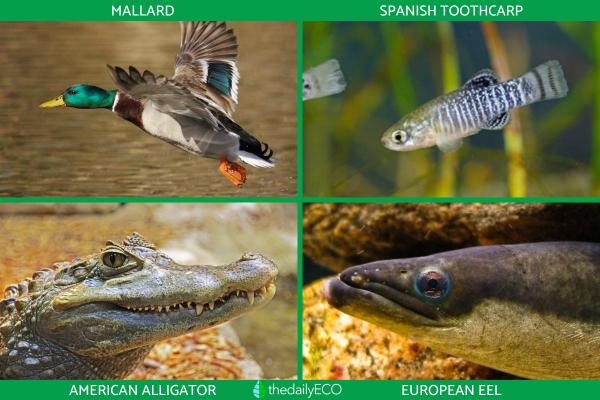
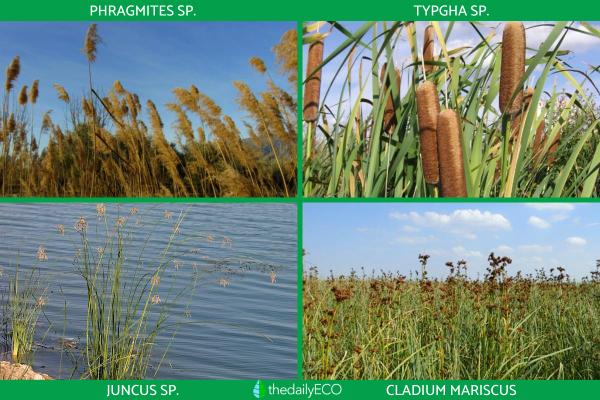
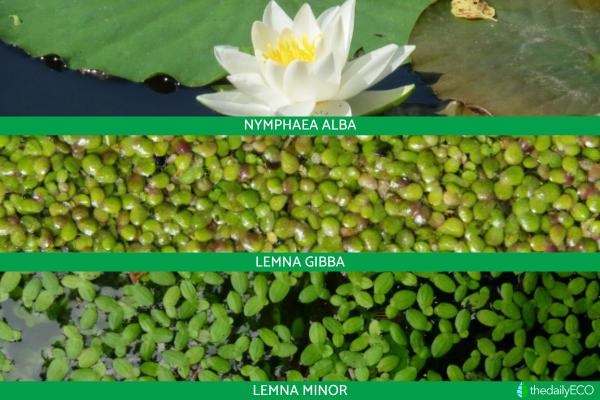
How are marshes formed?
Lagoons are shallow coastal lagoons that are partially separated from the larger bodies of water by barriers, generally of sand. Occasionally, over time, lagoons can give way to marshes. This should not imply that all marshes come from coastal lagoons.
Marshes are formed by a process of clogging of old lagoons where alluvial and colluvial sediments are deposited over time. When the lagoons are filled, they retain the water and become more permanent wetlands. Marshes are humid places because they are recharged with water from the sea and/or rivers, as well as other bodies of water of varying sizes.
The reason why marshes are able to sustain themselves is because they are separated from larger bodies of water. While overflow from these larger bodies of water can add water to the marsh, their separation prevents water from being lost by going back in again. Only in times of extreme flooding might this occur.
Find out more about these areas with our article on the differences between lakes and lagoons.

Different types of marshes
Although many marshes are created thanks to their location in coastal areas, these are not the only types of marshland. We can find marshes in almost any type of area with a high water saturation. While there are more subcategories of marshland, we can broadly claim the following as the main types of marsh:
Saltmarshes
These are saltwater marshes which are formed in the upper parts of intertidal coastal areas. They usually have saltwater, but some of it can be brackish, depending on the area. Since salt marshes have a high salinity in the water, the herbaceous plants surrounding them need to be able to tolerate saltwater. The water levels of saltmarshes change according to the tides. Unfortunately, rising sea levels have had a negative impact on many of the ecosystems surround saltmarshes.
Tidal freshwater marshes
These are a type of wetland which are also affected by the tides of oceans, but they have less salinity. The reason for this is because they are located further from the sea and get freshwater from other sources. Their levels can still rise and fall since they are tidal, but not to the same degree as salt marshes. Since their salinity is significantly less, they also tend to have a richer biodiversity.
Freshwater marshes
These are non-tidal marshes which contain freshwater. For them to survive and maintain themselves as an ecosystem, they are often flooded from larger bodies of water. These bodies of water include lakes and rivers, but not oceans. Since they are flooded by them, they need to be geographically close. Also, since they are freshwater and often in lands with a lot of vegetation, the flora and fauna found here are some of the most diverse of any type of marsh.
Examples of marshes
There are numerous marshes found on the Iberian coast, we will mention three of them below:
- Marjal de Almenara: it is located on the Mediterranean coast to the north of Valencia, it has a total of 1,550 hectares and numerous habitats. These include grasslands and saline steppes, scrublands and calcareous peat bogs. In addition, in this marsh we find three freshwater lagoons that are recharged with water from neighboring springs.
- Guérande: located in western France, the salt marshes of Guérande are famous worldwide. Known as salterns, they cover around 1,700 hectares and have been around for at least a millennium. These saltmarshes were constructed to create salt to be used for various industrial purposes, as well as culinary use.
- Florida everglades: this is perhaps the most famous marshland in the world, partly because it is the largest contiguous freshwater marsh we know. It covers 4,200 square miles (11,000 km2) of land and is home to a rich diversity of plants and animals. Notably, they are home to American alligators which are incredibly important to this type of ecosystem. Unfortunately, the land is threatened by various factors, especially human development.
What is the difference between a marsh and a swamp?
There are many similarities between marshes and swamps. They are both types of wetland which are home to incredible diversities of flora and fauna. They can also be both fresh or saltwater, depending on their location. The main difference between swamps and marshes is that swamps do contain woody plants, whereas marshes do not. For this reason, swamps have trees and marshes don't.
Learn more about natural areas with our guide to the different types of ecosystems.

Importance of marshes
Like any ecosystem, marshes have an intrinsic value in themselves. In addition to this intrinsic natural value, there are numerous environmental and cultural benefits that they provide to living beings. Here we will mention some of them:
- Flood control: marshes intervene in the water cycle, reduce its flow and retain it against situations such as intense rainfall, thus preventing flooding of various areas.
- Nutrient and sediment Retention: by slowing down the flow of water, the sediments carried along with the nutrients are deposited in the marshes. These can then be used by vegetation and animals in the area.
- Water purification: the vegetation present in the marshes improves the quality of the water by absorbing, retaining or filtering high concentrations of nutrients or pollutants.
- Research: marshes are ideal places for the study of biological dynamics and processes.
Other important aspects of marshes are:
- They constitute a reserve of fresh water
- They stabilize the shoreline and control erosion
- They accumulate biomass
- They harbor biodiversity
- They are carbon sinks
- They are sites of high biological productivity
- They are areas where tourism or recreation activities can be carried out
Now you know a little about what is a marsh, as well as information on their types and characteristics, perhaps you will want to know about other types of ecosystem. Find out with our articles on Andean animals and plants and different types of natural regions.
If you want to read similar articles to What Is a Marsh? - Marshland Definition, we recommend you visit our Ecosystems category.
- Information Service on Ramsar Sites. Retrieved from: https://rsis.ramsar.org/es
- Ballesteros Navarro, B. J., Domínguez Sánchez, J. A., Díaz-Losada, E., & García Menéndez, O. (2009). Mediterranean wetlands and associated aquifers. Hydrogeological conditions of the Marjal de Pego-Oliva (Alicante-Valencia). Retrieved from: https://www.igme.es/boletin/2009/120_3_2009/12-ARTICULO%209%20459-478.pdf
- Chova, Y. M. (2012). Study of the physical environment and restoration proposal of the old Miramar marsh. Retrieved from: https://riunet.upv.es/bitstream/handle/10251/17760/Marjal%20de%20Miramar.pdf?sequence=1
- Rojo C., Rodrigo M. A. (1998). Sustainable use of wetlands. Retrieved from: http://www.sehumed.es/banco/archivos/SEHUMED_07_P0102.PDF



